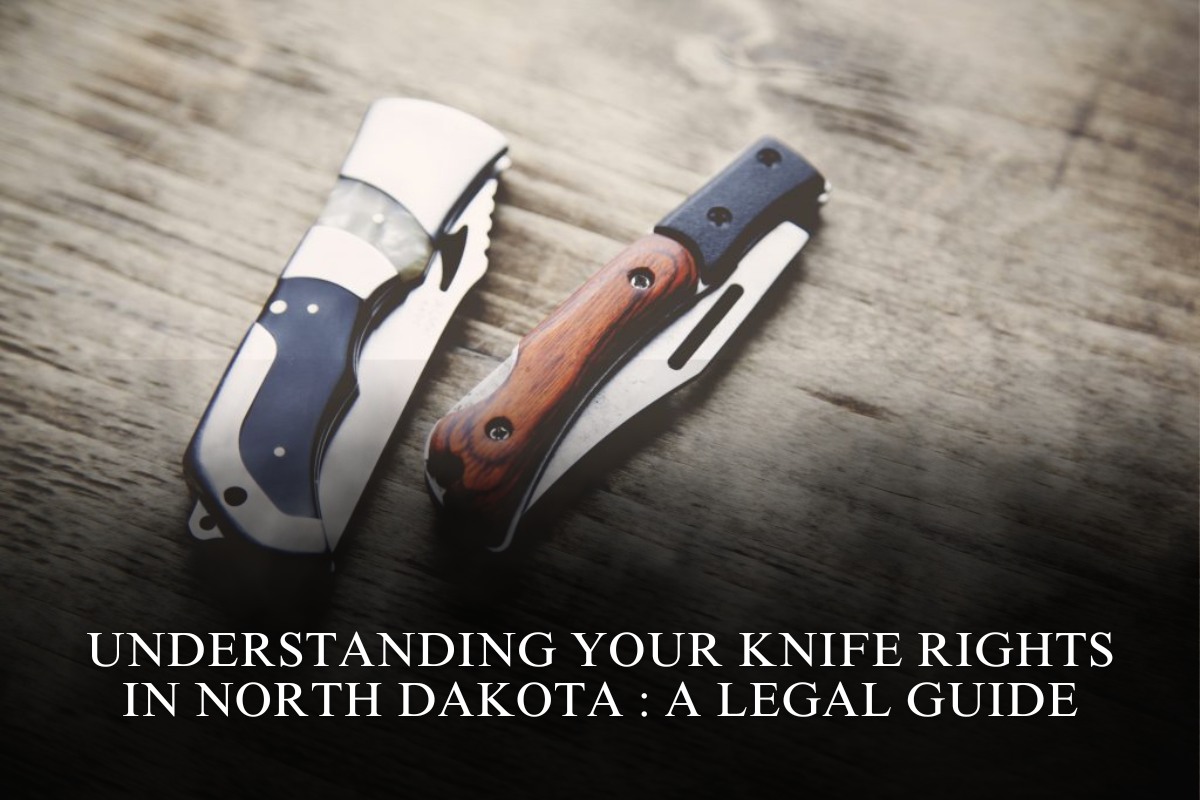Dash cameras have become increasingly popular among drivers in Vermont for enhancing safety and providing video evidence in the event of accidents or disputes. However, installing and using dash cams is subject to specific legal regulations to ensure road safety and privacy rights. This article details Vermont’s dash cam laws and guidelines as of 2025 to help drivers stay compliant.
Legal Placement of Dash Cams in Vermont
Vermont law permits the use of dash cams within regulated size limits and placement areas on the windshield. Specifically, dash cams may be mounted on the:
Lower right-hand side of the windshield if the device measures less than 4 inches in height and 12 inches in length.
Upper left-hand corner of the windshield if the device is smaller, measuring no more than 2 inches high and 2.5 inches long.
These size and placement limits are designed to ensure the device does not obstruct the driver’s field of vision or become a visual distraction.
Dashboard Mounting Option
In addition to windshield placement, dash cams can be installed on the dashboard as long as they do not interfere with the driver’s view or vehicle operation. Dashboard mounting is often preferred by drivers who want to avoid windshield clutter while staying within Vermont’s legal guidelines.
Obstruction and Safety Considerations
Vermont law emphasizes the importance of not obstructing the driver’s clear view of the road. Dash cams that interfere with the field of vision may be subject to removal by law enforcement or result in fines. Drivers should ensure that their dash cams are installed strictly within the designated zones and adhere to size restrictions to avoid penalties.
Audio Recording and Privacy Laws
While Vermont permits dash cam video recording, audio recording is subject to Vermont’s wiretapping and privacy laws. Vermont is a single-party consent state, meaning that recording conversations without all parties’ knowledge is generally prohibited unless the recording party consents. Drivers should disable or carefully manage audio recording features on their dash cams to remain compliant.
Dash Cam Footage as Legal Evidence
Dash cam video footage, when recorded legally, is generally admissible in Vermont courts for use in traffic disputes, insurance claims, and criminal investigations. Proper placement of the camera and compliance with privacy laws increase the likelihood that footage will be accepted as valid evidence.
Recommendations for Vermont Drivers
Mount your dash cam in the legal zones: lower right or upper left corners of the windshield adhering to size limits.
Avoid any device placement that obstructs your view of the road.
Be cautious with audio recording features due to privacy concerns and consent laws.
Regularly clean and maintain your dash cam to ensure high-quality video evidence.
Keep informed of any updates to state or local dash cam regulations.
Dash cameras offer Vermont drivers added security and peace of mind, but legal compliance is crucial. By adhering to Vermont’s specific laws on dash cam placement, size, and audio recording, drivers can confidently use this technology without risking fines or compromising privacy. Staying within the regulated zones ensures safety, respect for privacy, and the effective use of dash cam footage as a valuable legal tool in 2025 and beyond.
Sources
(https://matrackinc.com/dash-cam-laws-by-states/)
(https://gpstrackit.com/blog/what-are-the-dashcam-regulations-in-each-state/)
(https://facit.ai/insights/dash-cam-laws-by-state)
(https://www.explica.co/your-dash-cams-legal-limits-state-by-state-laws-and-guidelines/)
(https://www.ddpai.com/blog/dash-cam-laws/)











